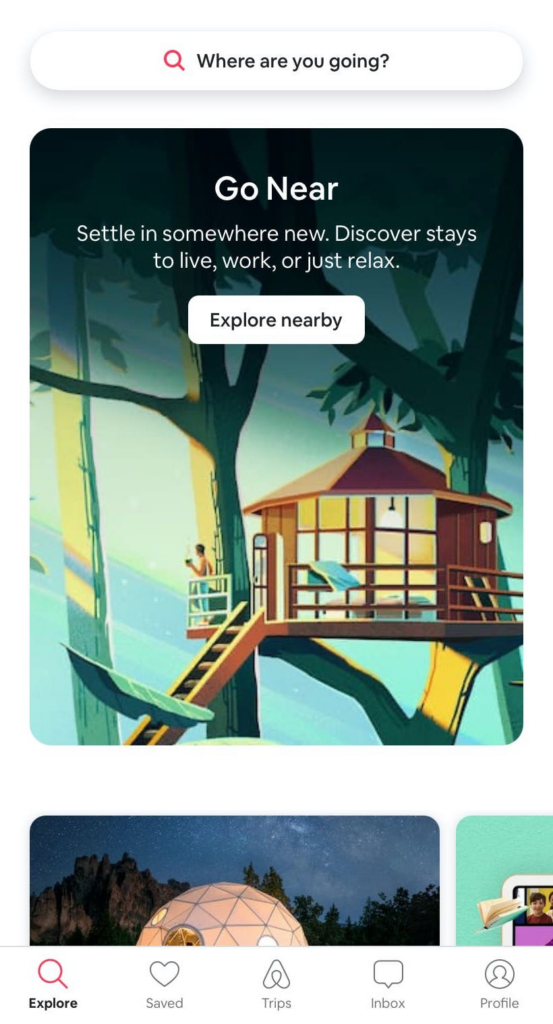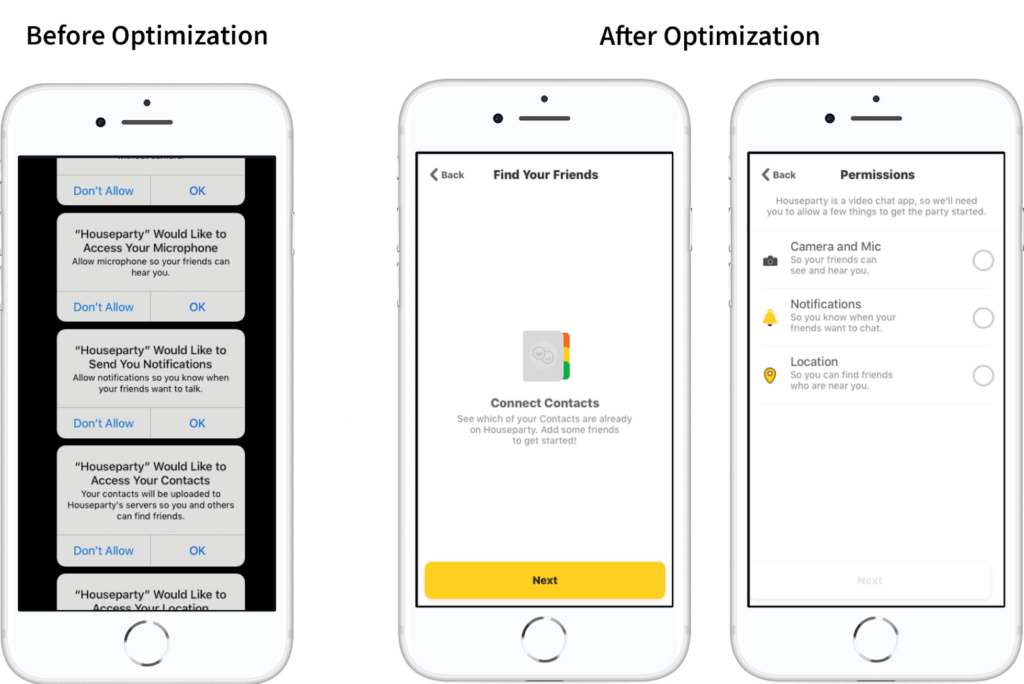Mobile devices have become an integral part of our daily lives and are often the first point of contact with a brand. Therefore, brands should prioritize delivering a seamless mobile experience to every customer.
Several components influence your CX, including the strength of your app’s infrastructure, the user interface, and the communication channels you use to engage users.
By prioritizing customer centricity, you can reshape your mobile CX and drive lasting customer loyalty.
Here are some tips to help you achieve that goal.
Fix your onboarding
It’s well-known that most apps lose a significant portion of their daily active users (DAUs) within the first few days after installation. The average app loses 77% of its DAUs within three days and 90% within 30 days. If an app fails to deliver a frictionless first-time user experience, it can lose its entire user base within a few months.
This highlights the importance of creating a positive first impression through a well-designed onboarding experience. A user’s first session should guide them seamlessly through account setup, explain the app’s core features and functionalities, and showcase the value proposition. If users can’t quickly grasp the value of the app, they are more likely to abandon it and never return.
Airbnb is a great example of an app that delivers value from the outset. Users can browse listings and dates without registering any of their details. When they are ready to book a trip, they openly provide their details, having already realized the app’s benefits. By prioritizing user experience and delivering value early on, Airbnb successfully retains a high percentage of its user base.

Use advanced personalization
Mobile devices have become an inseparable part of our lives, instantly connecting us to friends and family. As a channel, it is arguably the most personal, with people predominantly using it for social interactions and personalized conversations. As such, users expect the same level of personalization from every touchpoint they have with a brand.
In fact, users’ expectations for personalization continue to rise alongside the number of data points companies are collecting across their tech stacks.
Each interaction must feel individually tailored and relevant if you are to build lasting customer relationships and deepen brand loyalty. The only way to deliver this level of personalization is to exploit real-time data to better understand your audience’s behavior, preferences, patterns, and intent. Then you can use that data to segment your audience and deliver unique omni-channel journeys for every user in real-time. A data-driven approach like this is key to achieving higher retention rates and driving long-term loyalty.
Gather customer feedback
Customers today expect brands to actively seek their feedback about a product or experience. Prioritizing your product roadmap based on customer feedback is a strategy that might seem obvious, but surprisingly, only a few companies implement it effectively.
Doing so can help identify gaps and pain points in the user experience so you can prioritize the features and improvements your customers value most. When you adjust your mobile experience based on direct customer input, you’re ensuring your product remains aligned with your users’ needs. And it also sends a powerful message that you value and prioritize customer input, which strengthens relationships and drives business growth.
Ask for users’ feedback on different components of the app experience, such as its usability, onboarding flows, design elements, and more. For example, use an in-app survey to collect feedback when a user tries a new feature or ask them how they enjoy the app when they reach a particular milestone to gauge overall user satisfaction. Then, use this data to provide tangible action items and make targeted improvements to your app experience.
Analyze data to reduce friction
Look at your mobile app’s usage data to determine which features and functions your users engage with most. For example, users might frequently navigate to their favorited items in a retail app. If this isn’t already easily accessible, the app might consider adding a navigation button that takes users directly to that feature from the home screen.
Using data to reduce friction and improve CX transforms engagement by making it effortless for users to accomplish their tasks. The aim should be to minimize the steps and effort required to complete a process or reach a goal.
Analyze when and where users abandon your website or app. Is it during a process, while onboarding, or attempting to complete a level in a game? Identify trends in app uninstalls, session duration, and abandonment to pinpoint areas needing improvement.
Create an omni-channel experience
Align your customer journey on every channel. Your acquisition, purchase, delivery, and retention flows should be seamlessly continuous wherever users engage with your brand.
Deliver a consistent brand experience to your users across all channels and devices. Feed all those user behaviors you capture into a central database to trigger personalized content and messaging across push, in-app, SMS, and email.
Put your mobile CX to the test
A/B testing is key to optimizing your mobile customer experience. Do users prefer to sign up before or after an introduction to your app? Do they engage more with one CTA over another? When is the best time to ask them to opt-in to permissions? A/B testing helps solve dilemmas like these.
The social app, Houseparty, aimed to incrementally improve its app’s functionality and design without causing significant drops in metrics. The app wanted to improve how it prompted users to add friends during onboarding.
Initially, users received permission requests all at once and without context, resulting in most users declining, making it challenging to deliver the optimal user experience. After A/B testing, the app discovered that providing context around why giving access is important resulted in greater opt-ins, and it changed the app UI to reflect this.

Lessons you learn from analytics and A/B testing are invaluable in helping you fine-tune the quality of your customer experience.
Final thoughts
If you’re interested in learning more about what we do here at MessageGears and how we can help you reach your mobile customer experience goals, schedule a demo with our team. We’d love to chat with you!





